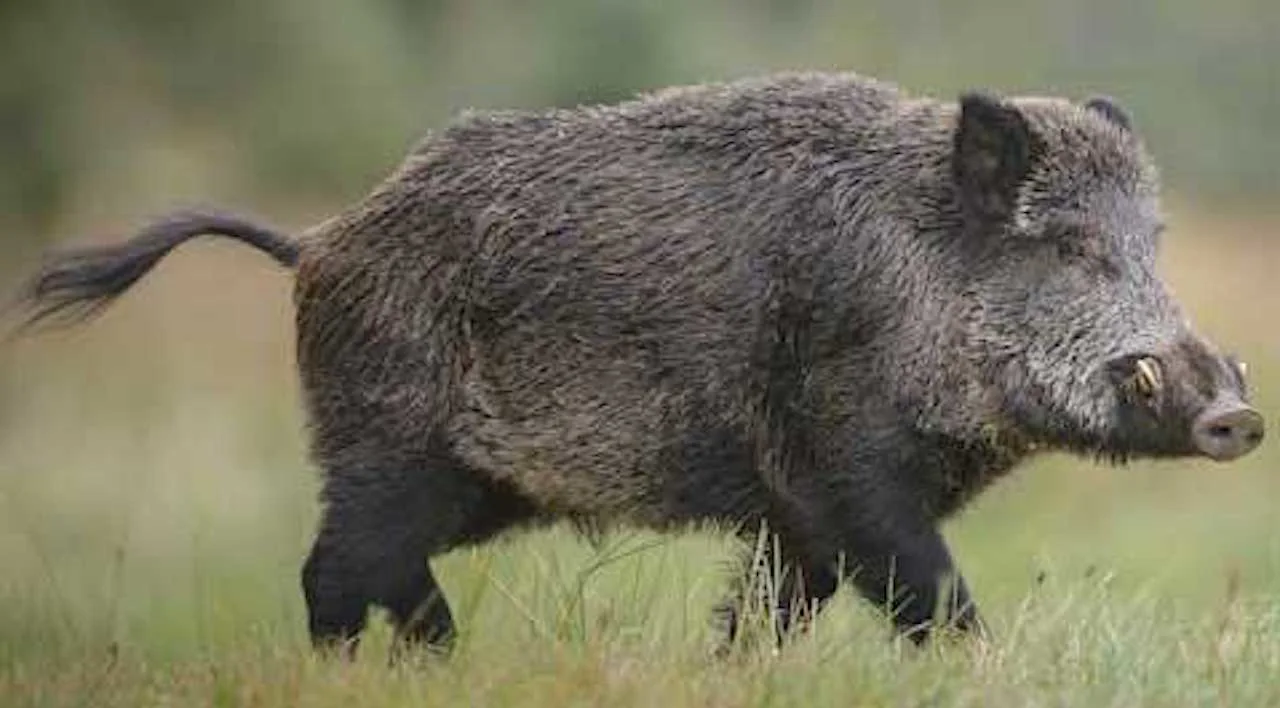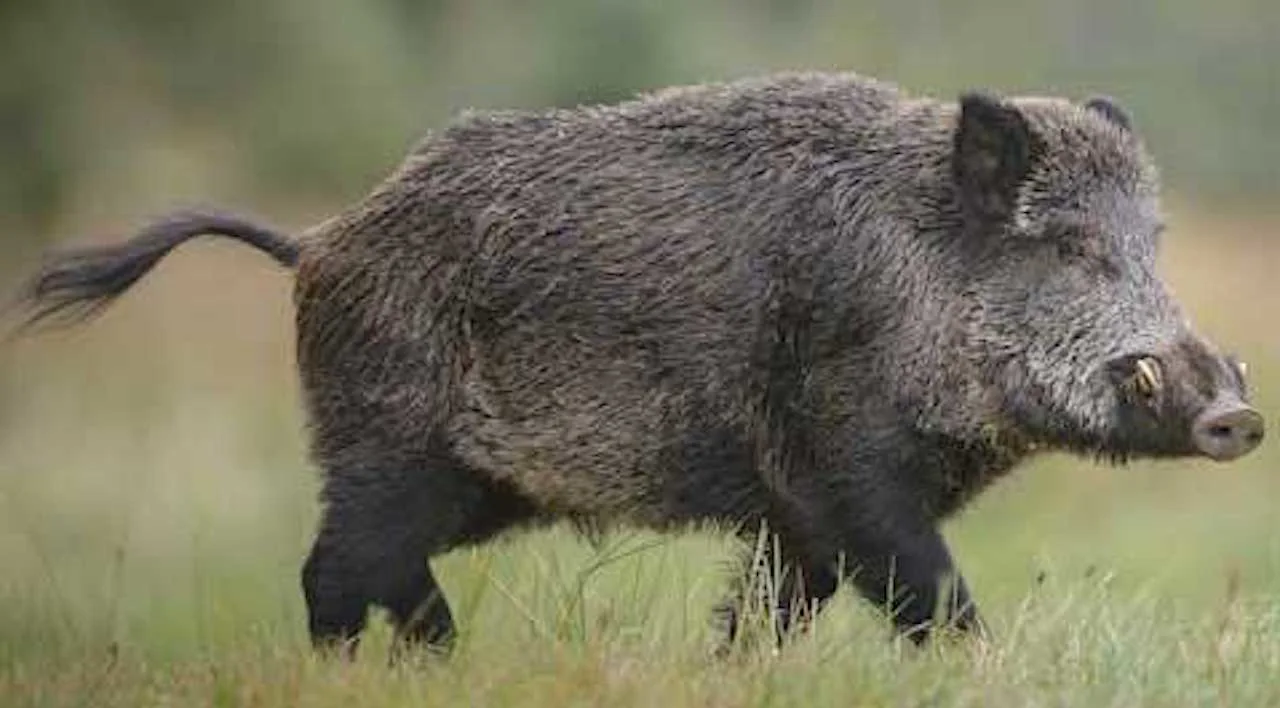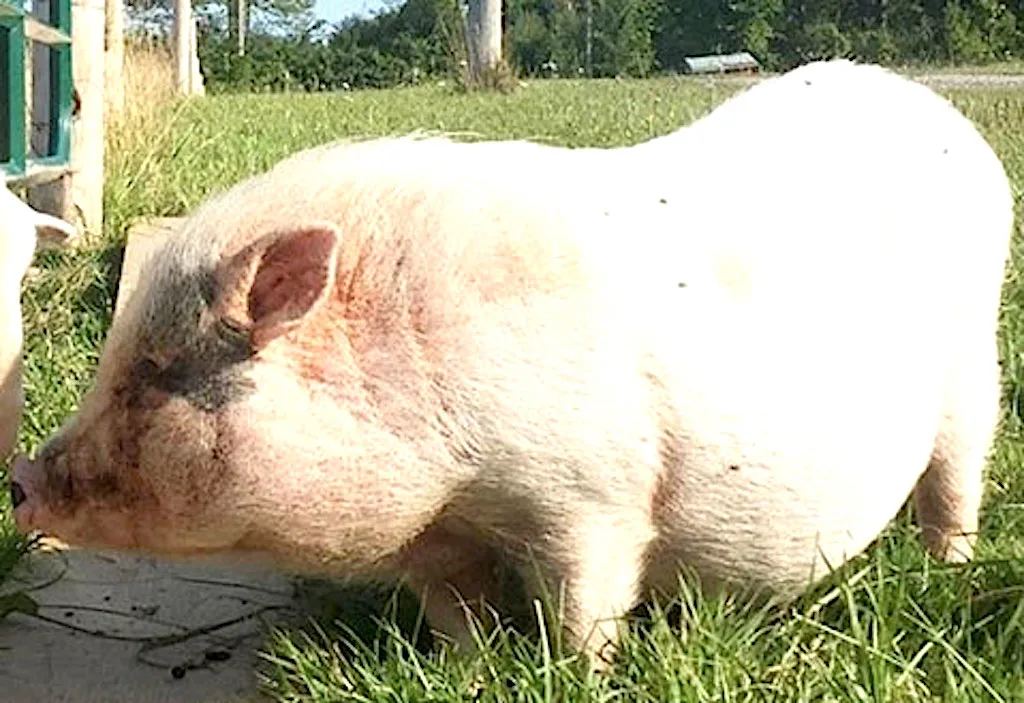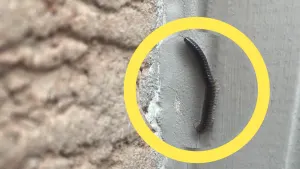
Ontario officials watch invasive pig numbers so they don't go wild
Continued vigilance and monitoring is critical to prevent the establishment of invasive pigs in Ontario, says the Ministry of Natural Resources and Forestry.
Some of them may look cute and friendly, but wild pigs are actually quite invasive and could pose a significant threat to the ecosystem in Ontario and elsewhere in Canada where they have been seen.
In Ontario, the government acknowledges there is "likely" a small population of wild pigs scattered across southern, central and eastern Ontario, based on the sightings that have been reported, but the disperse accounts are not indicative of a settled breeding population in the province, according to the Ontario Ministry of Natural Resources and Forestry (MNRF).
SEE ALSO: Wild pigs causing 'ecological disaster' in Canada
Since January, researchers have investigated 31 locations in southern and eastern Ontario where they have been reported. By definition, a wild pig (Sus scrofa) is any pig living outside of a fence for which ownership can't be determined, including Eurasian wild boar, domestic pigs, pot-bellied pigs and hybrids.
In a recent email to The Weather Network, Erin Koen, wildlife landscape ecology research scientist with the MNRF, said the majority of wild pig sightings appear to be recently escaped livestock, including domestic pigs, pot-bellied pigs and farmed Eurasian wild boar.
"While we prioritize the most concerning sightings for on the ground followup, cases investigated during the pilot project so far revealed no evidence of wild pigs breeding outside of captivity in Ontario," said Koen. "However, continued vigilance and monitoring is critical to prevent establishment of this invasive species."

Invasive pig with the typical features of wild boar. Photo: Ontario Ministry of Natural Resources and Forestry.
'ECOLOGICAL TRAIN WRECK'
Wild pigs can have tremendous impacts on the natural environment and the agricultural industry.
They are considered one of the most damaging invasive species in the United States and have been called an "ecological train wreck," Koen said, due to trampling, wallowing and rooting in sensitive habitats, and the major damage they can cause to farmlands and stored crops.
As well, invasive pigs can also impact native plants and animals directly through predation and indirectly through competition for food and destruction of habitat. They have the ability to spread disease to native wildlife and livestock, adds Koen.
DON'T MISS: The invasive species threatening Canada’s biodiversity you may not know about
"The Ontario government is committed to protecting the environment for future generations. That is why we are taking action to prevent a wild pig population from establishing in our province. We recognize the importance of the prevention, early detection, rapid response, and eradication of invasive species," said Koen.
To date, nine wild pigs have successfully been removed from the environment, according to the MNRF. For several of the high-priority sightings that were investigated, pigs returned to their enclosures, or were otherwise recaptured or removed.
In terms of where they are likely to be spotted, Koen said wild pigs are less likely to be detected in areas with dense forest cover and where there are fewer people to report them.

Wild pig with the typical features of a pot-bellied pig. Photo: Ontario Ministry of Natural Resources and Forestry.
While the reports from the public are critical to the government's understanding of the situation in Ontario, the accounts can't be used with ease to get a complete estimate of their population size.
In fact, some wild pigs are domestic animals that have escaped and "we rarely know" if the animal has been returned home after the report, she said.
"The ministry will continue to monitor these locations to determine whether further action is appropriate. The most appropriate method for removing wild pigs from the environment will be assessed on a case-by-case basis," said Koen.
MUCH DIFFERENT STORY STATESIDE
The situation south of the border is much worse, as many states have encountered wild pig problems. In fact, there are estimates of 6-9 million of the invasive species running wild across at least 42 states and three territories.
They also take a significant financial toll on the economy. While the exact figure is difficult to finalize, the U.S. Department of Agriculture estimates the tally is about US$2.5 billion annually.
Fortunately for Ontario, it still has time to prevent the establishment of wild pig populations in the province, Koen stated.
"The ministry asks the public to continue to report all wild pig sightings to help us understand the locations and number of invasive wild pigs in the province and inform further management," said Koen.
Those who have spotted a wild pig or have information about a sighting to email wildpigs@ontario.ca. More information on the pigs can be found here. As well, the agency's Annual Report on Invasive Wild Pig Sightings: 2019–2020 provides maps of the sightings reported in Ontario and a graph showing the number of reports received.
Thumbnail courtesy of Ontario Ministry of Natural Resources and Forestry.











